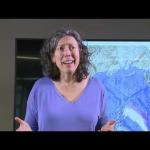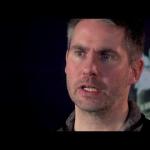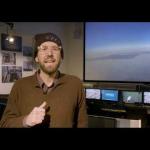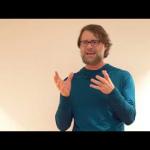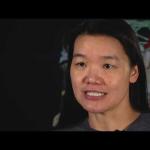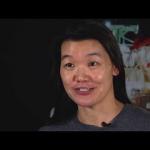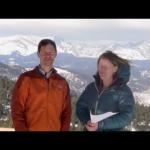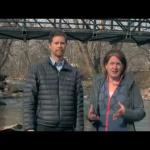Earth Science Stories
This video is part of a collection - “Frozen in the Ice: Exploring the Arctic." Check out the MOSAiC page for more details.
In this specific lesson, Dr. Bonnie Light adds new meaning to her name! You'll learn about sunlight's vital role in the Arctic system — specifically, how it affects melting in the summer and how different albedos play into this.
Science Content Video
This video is part of a collection - “Frozen in the Ice: Exploring the Arctic." Check out the MOSAiC page for more details.
In this specific lesson, Dr. Marcel Nicolaus describes his role as MOSAiC's sea ice team leader and why their work is so crucial to the expedition. In studying sea ice, snow, and microorganism habitats, the team hopes to improve Arctic forecasts and better understand how drifting patterns/processes interact.
Science Content Video
This video is part of a collection - “Frozen in the Ice: Exploring the Arctic." Check out the MOSAiC page for more details.
In this specific lesson, Dr. Brice Loose covers the topics of microbial carbon cycling and ocean circulation. He poses the question: What happens to ecosystems and to ocean biogeochemical cycles in the new Arctic?
Science Content Video
This video is part of a collection - “Frozen in the Ice: Exploring the Arctic." Check out the MOSAiC page for more details.
In this specific lesson, Dr. Matthew Shupe breaks down the work of MOSAiC's atmosphere team. Following team goals and using such tools as lasers, radar technology, and weather balloons, scientists can better understand the Arctic system (air, ice, and sea) as a whole.
Science Content Video
This video is part of a collection - “Frozen in the Ice: Exploring the Arctic." Check out the MOSAiC page for more details.
In this specific lesson, Dr. Allison Fong introduces you to nutrient biogeochemistry in the Arctic Ocean. You'll learn about nutrient distribution and how it influences primary production.
Science Content Video
This video is part of a collection - “Frozen in the Ice: Exploring the Arctic." Check out the MOSAiC page for more details.
In this specific lesson, Dr. Allison Fong discusses Arctic ice melt and what this means for the surrounding biological environment. You'll ponder the question: Will the Arctic be net primary productive or will it ultimately be a source of carbon?
Science Content Video
This video is part of a collection - “Frozen in the Ice: Exploring the Arctic." Check out the MOSAiC page for more details.
In this specific lesson, Dr. Benjamin Rabe talk about the MOSAiC expedition as a whole and what kinds of things scientists will be studying. From observing tiny microorganisms to larger weather patterns, MOSAiC aims to better understand the Arctic system and how it affects change on a global scale.
Science Content Video
Eric Gordon and Anne Gold give an overview on the geographic features that define the Western United States, both physical and political.
Science Content Video
In this video Anne Gold and Eric Gordon give a brief review on the different processes involved in the water cycle, specifically in the Western United States.
Science Content Video
Jeff Lukas with Western Water Assessment discusses how the climate of the Western United States affects the availability of water resources. Learn more about the natural processes that drive our water cycle in the Western United States. This video is part of the Water in the Western US lecture series.
Science Content Video
